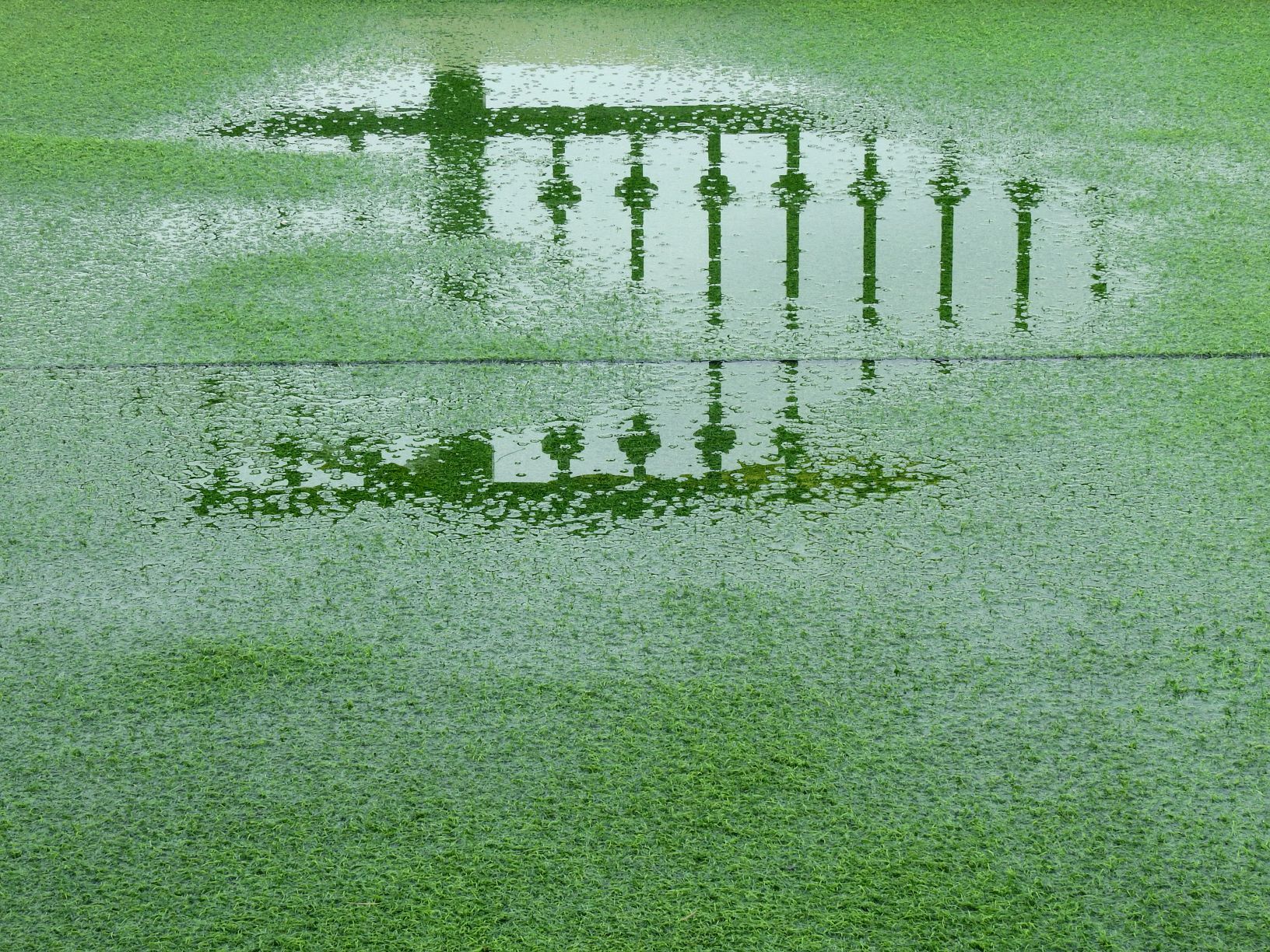How Long Do Turf Fields Last?
Read More

If your synthetic turf is for outdoor use, it could pose the risk of being exposed to the elements. Many locations across the country receive heavy rain, snowfall and flooding at some points during the year. Major flooding is an issue for many, especially when the weather is bad, especially on the coast.
You do not have to live along the coast to experience flooding. Unfortunately, the flooding can also effect grass or synthetic turf. Grass flooding causes significantly more damage than synthetic turf flooding. Thankfully, most of the time synthetic turf is not even prone to flooding. However, there are a few differences between grass flooding and synthetic turf flooding, as well as what you can do if your synthetic turf were to flood. You will be amazed by the results from the best artificial turf repair company.
During bad weather, real grass fields flooding is a very real risk. In extreme conditions, there is an overwhelming amount of water that comes down and affects the grass. At first, minor flooding will occur. These minor flooding issues include accumulation of flooding.
If the rain continues and the flooding is more severe, more moisture will continue to accumulate. The puddles will grow larger and larger. There is no drainage system in real grass that will take the water away quickly, so there will be continued flooding.
The flood waters that collect on real grass will take a long time to dissipate. After the waters dissipate, mud and mess will be left over. Debris that the flood and water carried with it will be left over as well. It will take a long time to get real grass back to normal.
Synthetic turf, during severe storms, will still see some water accumulation. There will still be puddles that develop and grow over time. Thankfully, however, there will probably not be mud and debris leftover.
Synthetic turf has drainage systems in place if there is heavy water accumulation. These drainage systems prevent flooding in most cases if there is not an overwhelming amount of rain. If there is an overwhelming amount of rain, there will be some puddles.
When the puddles grow, it may take a few days to dissipate and drain. The synthetic turf is flexible and resilient, however. The synthetic grass will go back to normal without damage. There may be slight debris that the water carried, but this is able to be simply hosed off.
As one can see, synthetic turf is much more resilient to weather’s elements, including flooding. We recommend our artificial turf maintenance in Pittsburgh. Contact us today to learn more about what synthetic turf can do for you and your needs. Prevent the muddy debris and long recovery time that is found when utilizing real grass after a flood.